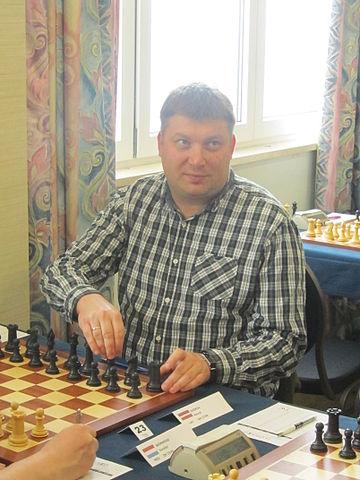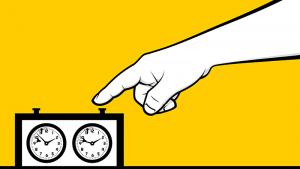
Brilliant Endgames, Shirov Style
Legendary chessplayers are usually remembered for their virtuosity in a particular area of the game.
Tal is remembered primarily for his otherwordly tactical genius. Petrosian, as a master of prophylaxis and defense. Karpov, as a titan of positional chess.
Latvian GM Alexei Shirov, one of the world's strongest chess players since the 1990s, is universally regarded as one of the greatest attacking players of all time.
In Fire on Board -- Shirov's excellent collection of his finest games -- his peerless imagination, calculational ability, and tactical vision is put on full display.
About six years ago, I attended a training camp led by GM Gregory Kaidanov. At one point, Gregory mentioned that Shirov should be known for his endgame technique as well. I brushed the remark off as a semi-joke (Shirov? Endgames? Do his games even reach the endgame?), but a few years later I became curious.

A quick Chessbase search later, my mouth practically hung open. Put simply, Alexei Shirov is an astoundingly strong endgame player.
Even without too many pieces on the board, Shirov is still able to create fire on the board -- or, perhaps more acurately, unquenchable fire in his opponent's position!
In this article, I would like to examine Shirov's best endgame wins and disprove the notion that he excells at nothing but tactics.
First and foremost, no article on Shirov's endgame mastery would be complete without his truth-defying 47th move against Veselin Topalov in Linares, 1998. Make sure that you are firmly seated before scrolling down!
White is clearly on the verge of defeat, but he is not out of defensive resources. If he is able to bring his king to the center (d4, for example), Black might not be able to break through, even if he pushes his to a2. Unfortunately, 47...Bc2, attempting to clear the way for Black's own king, fails to impress after 48.Kf2 Kf5 49.Ke3, and Black is one tempo too late.
If 47...Be4, White holds with 48.Kf2 f5 49.g3 Kd6 50.Bd4 Kc6 51.Ke2 Kb5 52.Kd2 Kc4 53.Ke3! and there is no way to make progress (see below for full analysis). Black's problem, then, is that as long as the bishop remains on the b1-h7 diagonal, it will obstruct the king's movement. Moving it to g4 doesn't help, since White is able to reach the e3 square in time. But can the bishop move off the b1-h7 diagonal with gain of tempo? Well, not really, unless it is, willing to, er...but no, that can't be possible, right?
Not bad, huh? Yet this stunning victory is only one specimen of Shirov's gorgeous endgame technique.

Two years earlier, at the 1996 Yerevan Olympiad, he vanquished Nigel Short in spectacular fashion.
In my view, these two games are inextricably linked by Shirov's imagination. To come up with 47...Bh3 and 48.c4, one truly needs to see the whole board, to delve unimaginably deep into the subtelties of the position. I cannot help but a feel a pang of jealousy at Shirov's ability to imbue his endgame play with such energy and refinement.
Finally, we wil examine a lesser-known game that (in and of itself) catalyzed my own transition from endgame hater to endgame fanatic.
Russian chess players frequently use the word творчество (tvorchestvo) to denote the process of aesthetic creation, of the formulation of one's unique playing style. Shirov is one of the only players who is somehow able to consistently carry over this process, this quest toward aesthetic and objective perfection, into the endgame.
After all, who said that the endgame is less tactical and complex than the middlegame?
RELATED STUDY MATERIAL
- Check out GM Daniel Naroditsky's previous article: More of the Greatest Chess Upsets
- Watch GM Ben Finegold's video about an excellent Shirov endgame.
- Play as Shirov in the Chess Mentor.
- Reach a winning endgame with tactics. Practice in the Tactics Trainer.
- Looking for articles with deeper analysis? Try our magazine: The Master's Bulletin.

